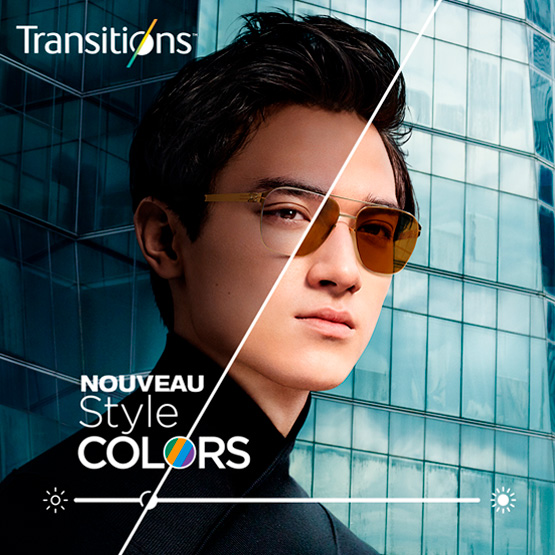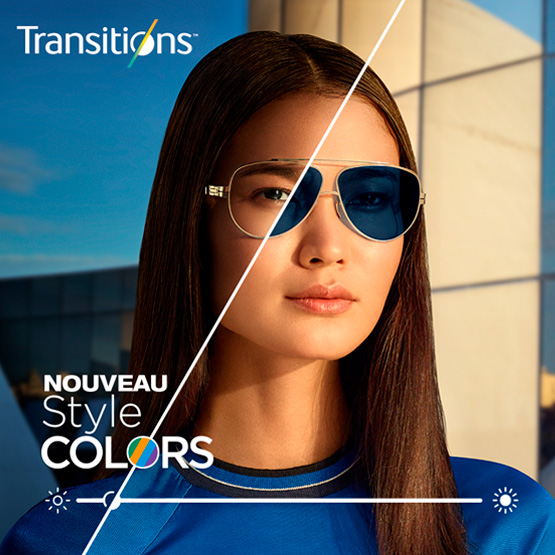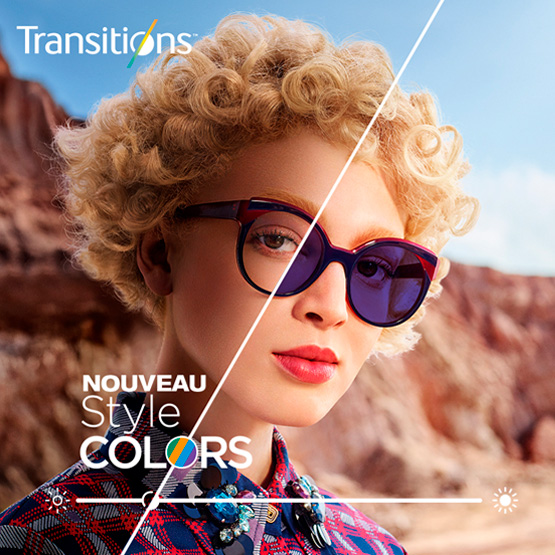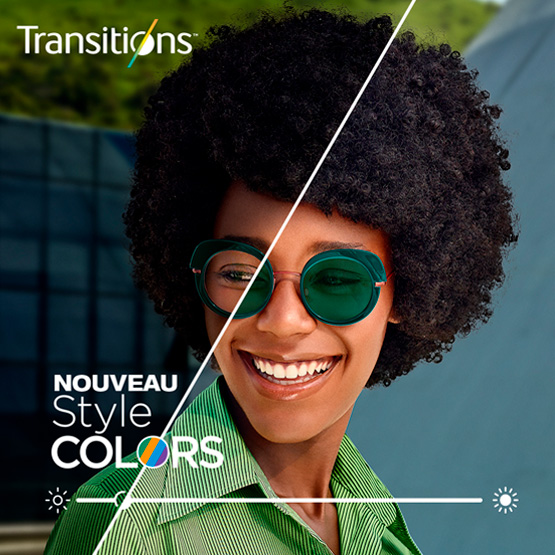Light Sensitivity
Types of light
First, light can be divided into two main types: natural (sunlight, i.e., outdoor) and artificial (indoor). In both cases, there are four factors that impact our environment and affect us in different ways.Factor | Description | Effects on the eyes |
| Spectrum | The wavelength of light rays | This includes UV and blue light, which have a negative impact on the eyes. |
| Intensity | The level of intensity of light | Light intensity can range from a faint glow to a dazzling brightness that can create visual discomfort. |
| Source | This factor has to do with the distance the light travels to reach your eyes and its amplitude. | The smaller and closer the source of light, the greater the visual discomfort. |
| Duration | Is the light visible for a fraction of a second (flash) or for several minutes? | Bright flashes of light create a sudden change in the retina, which must adapt drastically. This can cause visual discomfort. |
Levels of sensitivity
Because everyone is different, we all can experience different levels of light sensitivity. Some people have severe sensitivity that can affect their daily lives and cause pain that requires medical solutions. For others, light can cause discomfort and make certain activities unpleasant. Most of the time these people don’t even realize that light sensitivity is the root of their discomfort. Some people experience sensitivity in specific situations, such as while driving, playing sports (e.g., swimming and water sports), or engaging in other activities. Only about 1 in 10 people have no sensitivity to light, but it’s still important to take steps to prevent the problem by using proper eye protection.Causes
Sensitivity can be caused by a multitude of factors:- Sunlight
- Glare from roads and reflective surfaces (mirrors, vehicles, buildings, etc.)
- Reflections off of water, sand, or snow
- Artificial light sources (fluorescent lights, electronic devices)
- Detached retina
- Corneal lesions
- Conjunctivitis
- Eye infection or inflammation
- Severe headaches or migraine
- Albinism
Solutions
There are a number of ways to prevent light sensitivity or treat symptoms. Of course, wearing sunglasses is the best way to protect your eyes from natural light when you’re outside. However, to make it easier to manage, and even avoid, light sensitivity issues, photochromic lenses can be a very good solution. These lenses are designed with Light Intelligent technology that makes them react to changes in ambient light. | 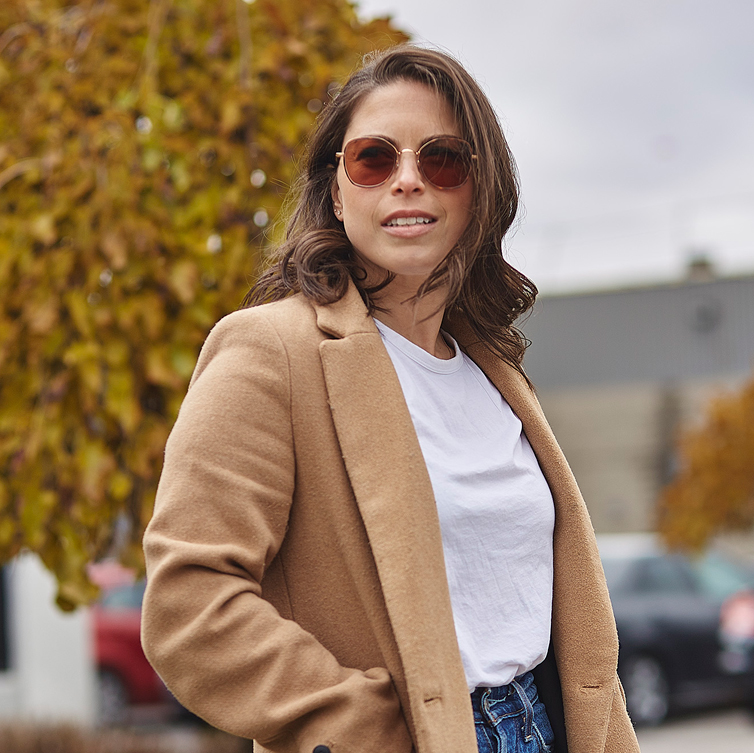 |
Roseline Filion wears the Huppert Millésime frame with Transitions Style Colors lenses in amber.
That means the lenses of your glasses will get darker when exposed to intense light and lighter when ambient light is less intense. The reaction occurs quickly and gradually, so wearers often don’t even notice the change. The latest Gen 8 Transitions™ photochromic lenses now feature even faster reaction times. Photochromic lenses are perfect for avoiding glare caused by drastic changes in light (e.g., when you move from inside to outside) and are also a handy option for those who work in environments with intense light (fluorescents) or near a window. They work just as well indoors as outdoors. Transitions™ is the best-known brand of photochromic lenses, with three different product lines. Your eye care professional can recommend the best lenses for you. In addition, all Transitions™ lenses block damaging UV rays and filter the harmful blue light emitted by electronic devices. Lastly, Transitions™ lenses now come in a variety of colours, so you can make a fashion statement with photochromic lenses tailored to your signature style! Transitions™ Style Color lenses now come in amber, sapphire, amethyst, and emerald.
|
|
|
|
ACUVUE® OASYS with Transitions™
In the spring of 2019, Transitions™ and ACUVUE® unveiled a brand new contact lens that reacts to light. Now you can enjoy all the benefits of photochromic lenses without the need for glasses. This innovative product was named one of TIME magazine’s Best Inventions of 2018, and is a great choice for anyone who likes sports or prefers contacts over glasses.
- Light sensibility
- Transitions





